Nemesia Plant Types – Growing Different Varieties Of Nemesia Flowers
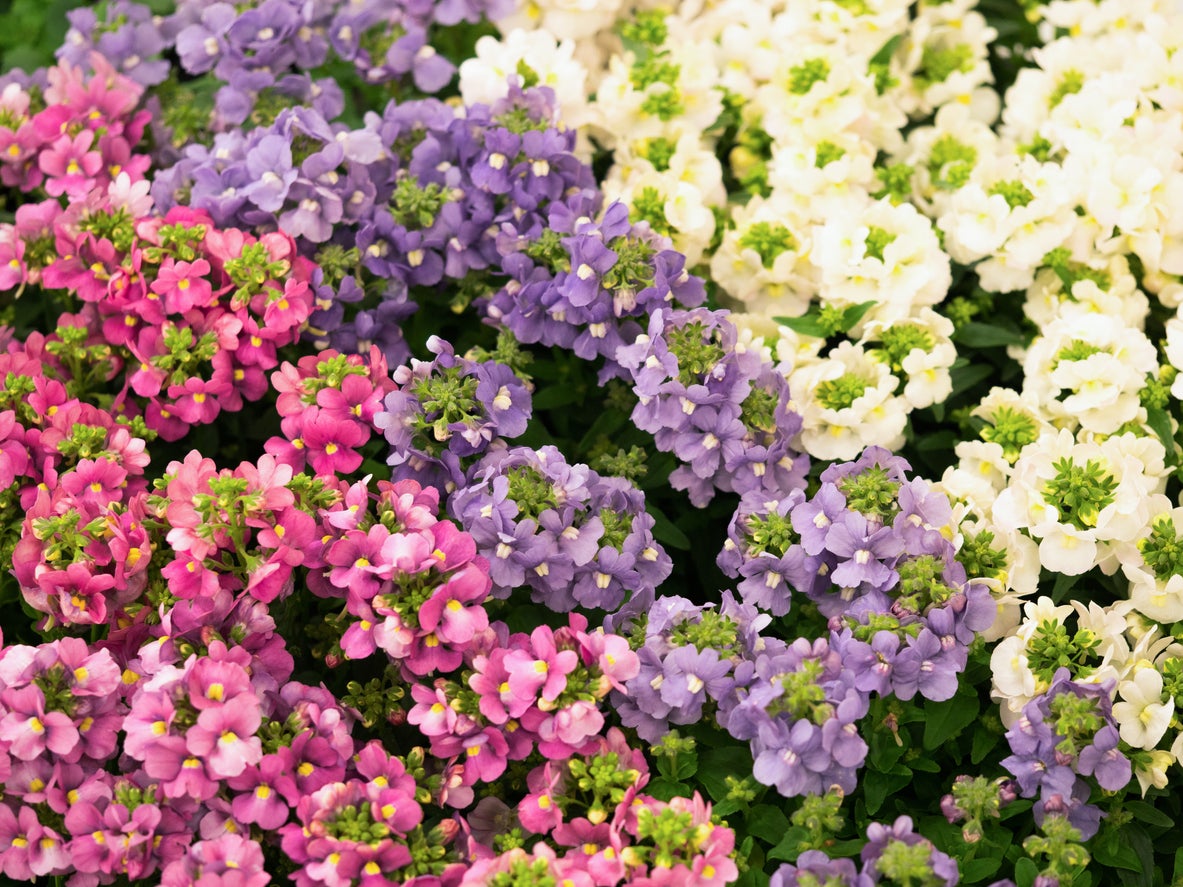

Nemesia flowers grow as small, showy bedding plants. Although they are a perennial specimen, most people grow them as annual flowers, except in the warmest zones. Nemesias add colorful swaths of breathtaking, low growing flowers in late spring as groundcovers or edging in bigger beds.
Different Kinds of Nemesia
Nemesia blossoms with half-inch (1 cm.) flowers in colors such as pink, purple, blue, and white. Some plants reach up to 2 feet (61 cm.) tall and spread to a foot (31 cm.) while many are no taller than 6 to 12 inches (15-31 cm.). Their diminutive size makes blooms appear larger, and they are often so dense that foliage is nearly hidden.
Older nemesia plant types bloom into summer, when they may balk at extreme heat. An overall pruning at this time can encourage an entire new flush of blooms lasting until frost. Newly created varieties of nemesia expand your choices of color even more, some with bi-color blooms.
New and different kinds of nemesia are more heat tolerant and have a pleasant fragrance. Some have those hard-to-find blue flowers. Here are some new types to look for:
- Berries and Cream – Blue and white flowers
- Blueberry Ripple – Deep purple flower
- Lilacberry Ripple – Purple to violet blooms
- Strawberry Ripple – Red to strawberry pink blossoms
- Aromatica True Blue – Fragrant, soft blue flowers
- Lemon Mist – Purple and white flowers edged in yellow
- Sunsatia Pear – White flowers splashed with orange and frost tolerant
Planting Nemesia Flowers
Best flowering on nemesia comes from those planted in full sun, but when temperatures reach the 70’s (21 C.), blooming may slow or cease entirely. Newer varieties claim to have overcome this issue to some degree. When possible, plant these beauties in a morning sun spot with afternoon shade. Areas that get filtered sun, such as that peeking through the leaves of a taller shrub or flowers, can help provide this beneficial shade.
Grow nemesia from seed, if you can find them, or check at your local garden center or nursery early in the season. Some gardeners suggest you plant nemesia varieties along with pansies. Avoid disturbing the roots when planting, lightly spread them out and get them planted into rich soil.
If you’ve not recently amended the soil where you’ll be planting nemesia, do so before putting them in the ground. These plants need well-draining soil that doesn’t hold water as they are prone to stem rot when too wet. An attractive layer of organic mulch helps conserve moisture as it decomposes to enrich the soil.
Gardening tips, videos, info and more delivered right to your inbox!
Sign up for the Gardening Know How newsletter today and receive a free copy of our e-book "How to Grow Delicious Tomatoes".
Nemesia is a great plant for a container as well.

Becca Badgett was a regular contributor to Gardening Know How for ten years. Co-author of the book How to Grow an EMERGENCY Garden, Becca specializes in succulent and cactus gardening.
-
 Types Of Tomatoes Explained: Explore The Many Wonderful Shapes, Colors, Flavors, & Best Uses
Types Of Tomatoes Explained: Explore The Many Wonderful Shapes, Colors, Flavors, & Best UsesThe world of tomato varieties is vast and fascinating. Learn about the key types to grow in your garden, tailored to your preferences and space.
By Amy Grant
-
 Try The Trend – Turn Any Bed Into A Keyhole Garden With This Clever In-Ground Composter
Try The Trend – Turn Any Bed Into A Keyhole Garden With This Clever In-Ground ComposterKeyhole gardening is an efficient and sustainable practice that saves space. Get started on this DIY project quickly and easily with an in-ground composter.
By Bonnie L. Grant
-
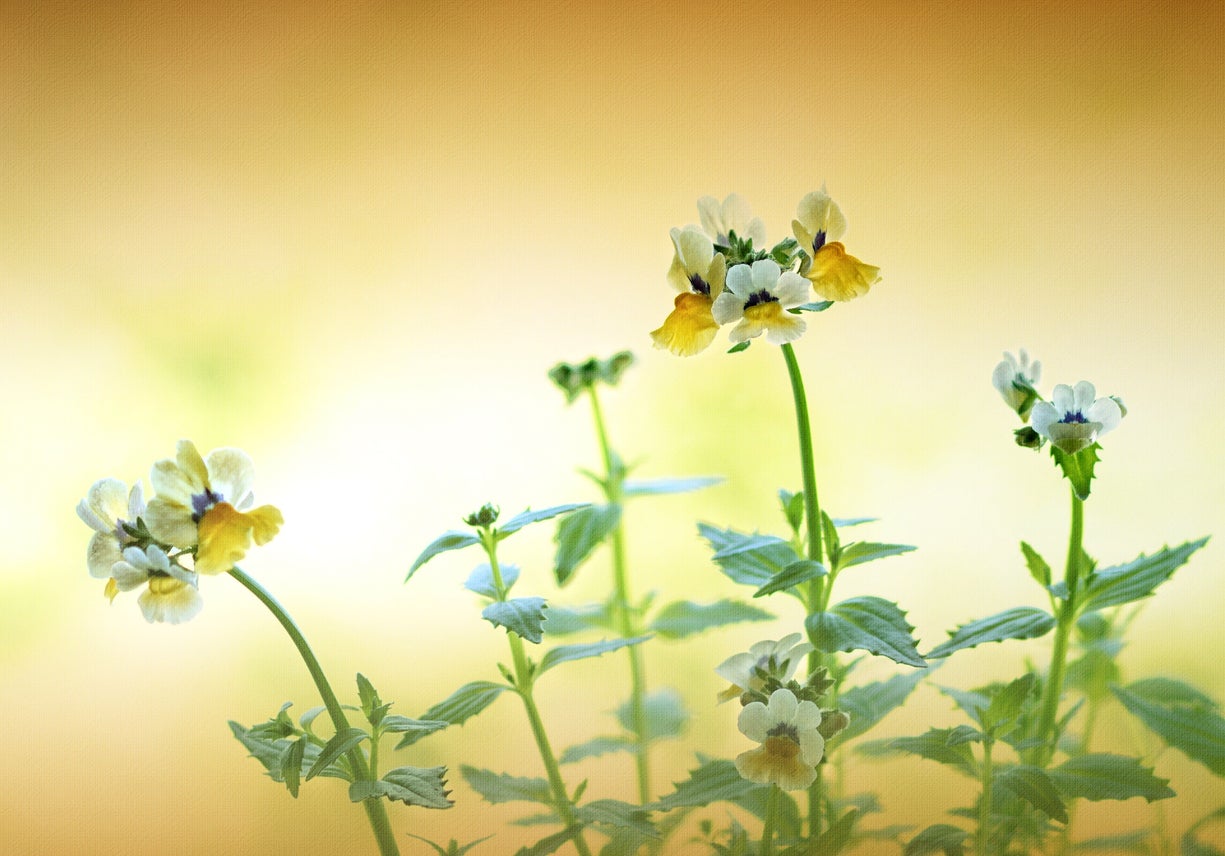 Growing Nemesia From Cuttings: Tips For Rooting Nemesia Cuttings
Growing Nemesia From Cuttings: Tips For Rooting Nemesia CuttingsIf you have some nemesia in your garden and want more, you can try rooting nemesia cuttings. Nemesia cutting propagation isn’t difficult if you know how to proceed. Click on the following article for information about growing nemesia from cuttings.
By Teo Spengler
-
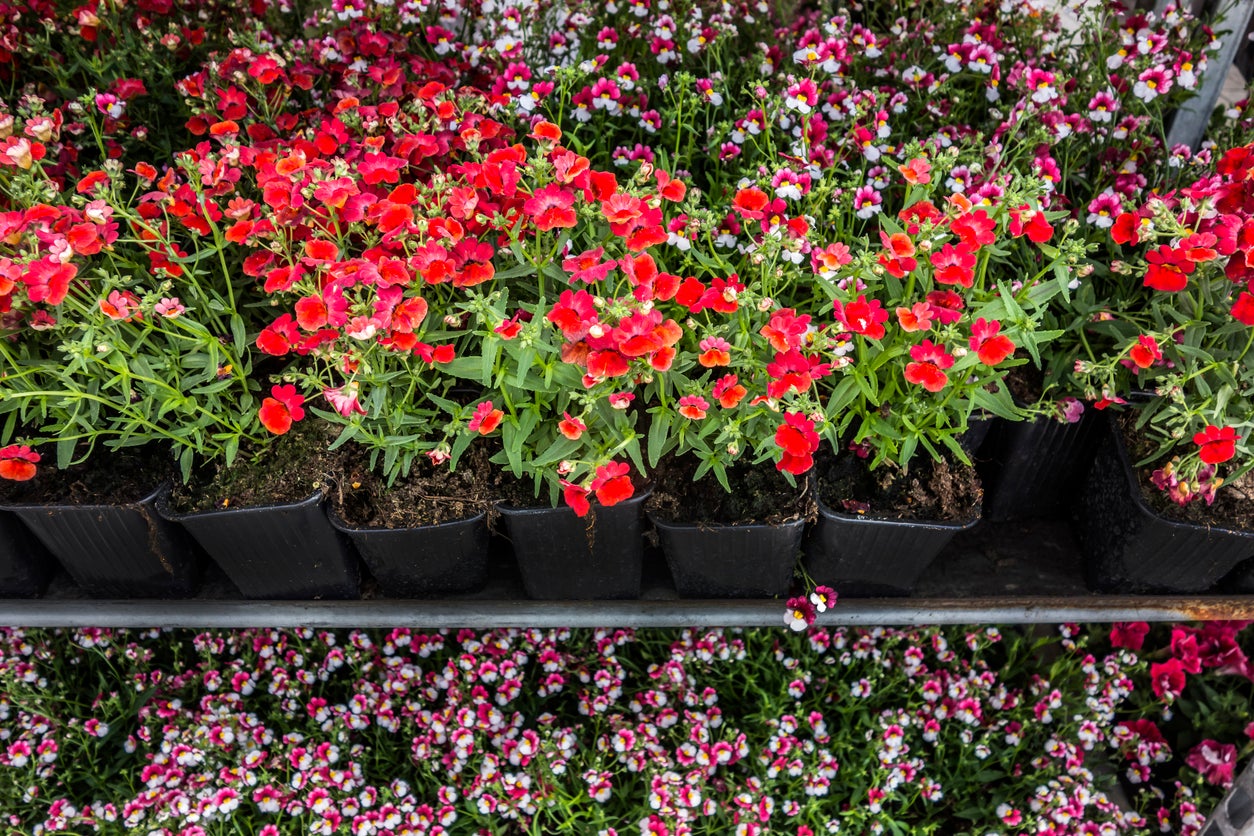 Nemesia Plant Propagation – Tips For Propagating Nemesia Flowers
Nemesia Plant Propagation – Tips For Propagating Nemesia FlowersNemesia is a pretty flowering plant that is most often used in gardens as an annual. Propagating nemesia flowers is an economical and easy way to keep this plant going year after year. Learn more about nemesia reproduction in this article.
By Mary Ellen Ellis
-
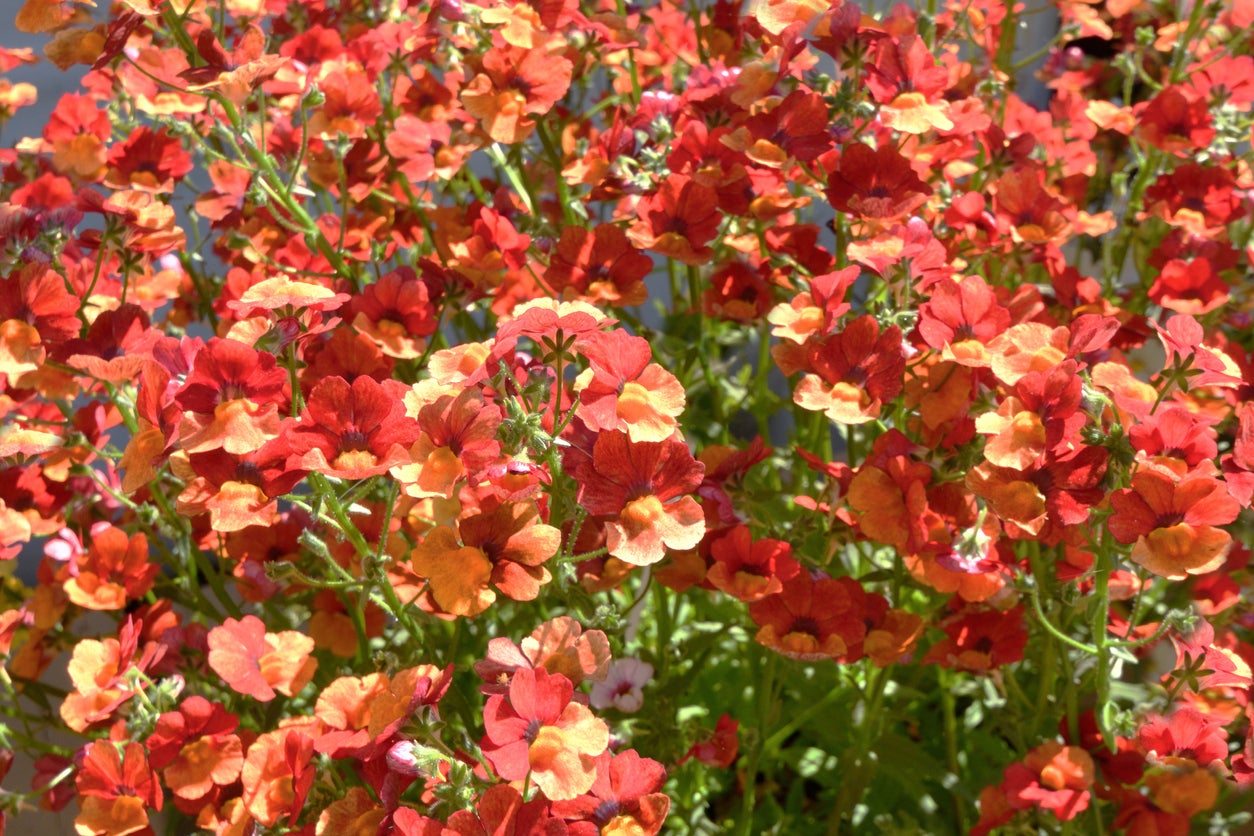 Nemesia Winter Care – Will Nemesia Grow In Winter
Nemesia Winter Care – Will Nemesia Grow In WinterIs nemesia cold hardy? Sadly, for northern gardeners, the answer is no, as this native of South Africa, which grows in USDA plant hardiness zones 9 and 10, definitely isn’t cold-tolerant. But this doesn’t mean you cannot enjoy the plant. Click here to learn more.
By Mary H. Dyer
-
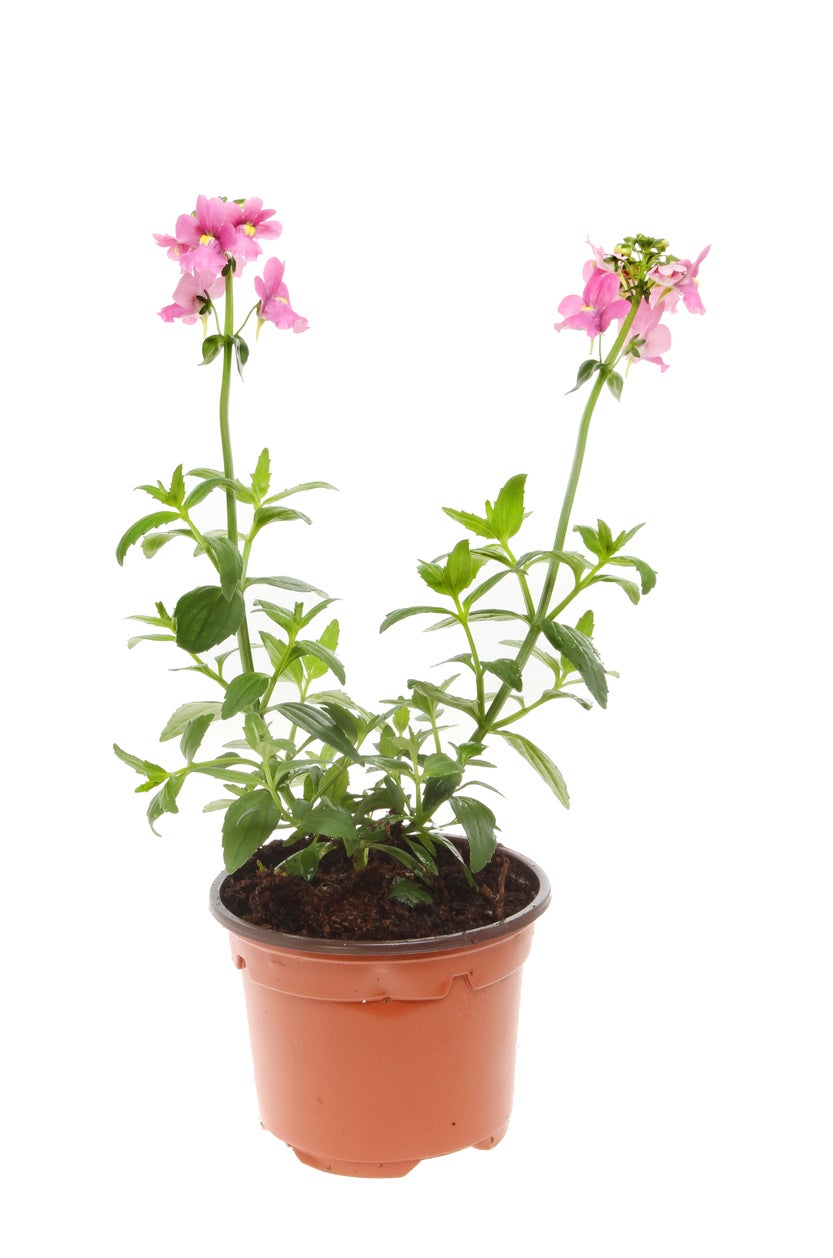 Keeping Nemesia In A Pot: Can You Grow Nemesia In Planters
Keeping Nemesia In A Pot: Can You Grow Nemesia In PlantersCharming little nemesia in planters bring ease of care along with their whimsical blooms. Add container grown nemesia plants to your patio garden repertoire and enjoy their sunny character. You can learn more about the care of potted nemesia plants here.
By Bonnie L. Grant
-
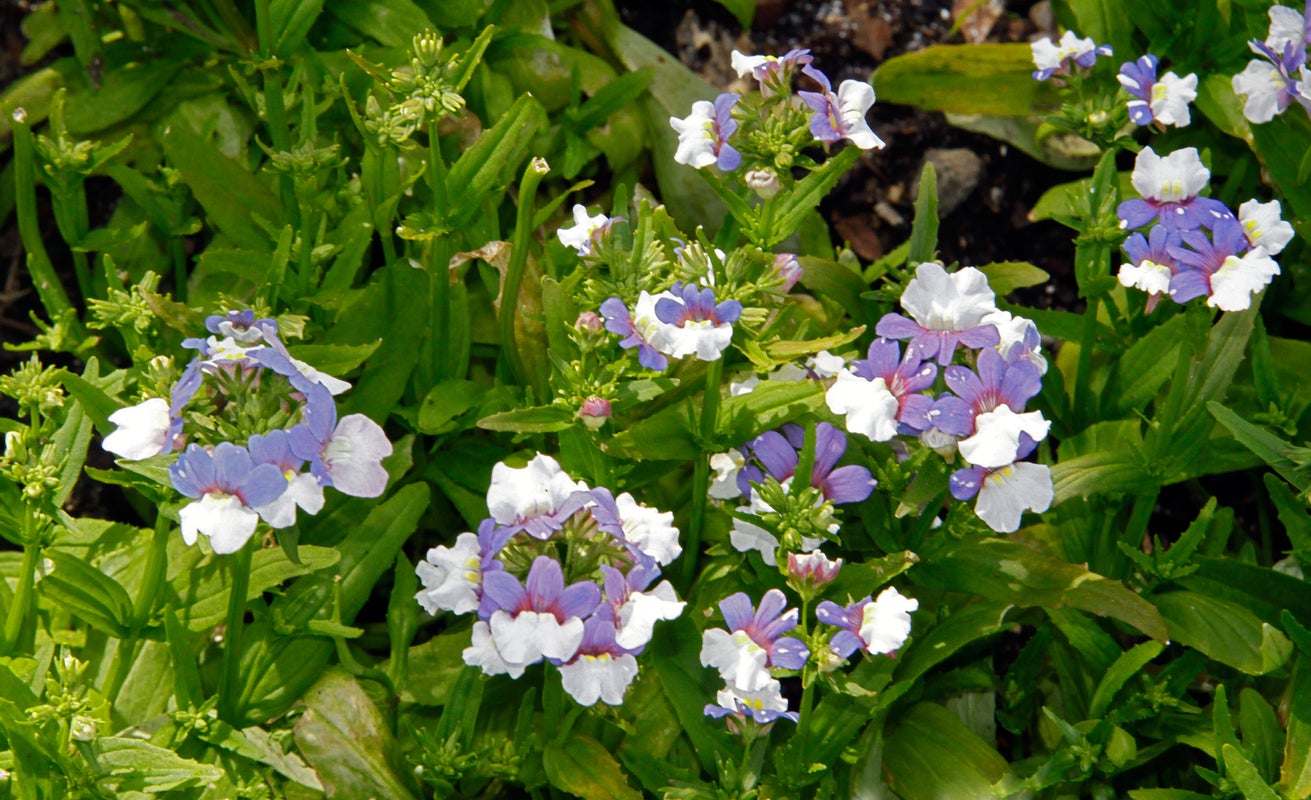 Cutting Back Nemesia: Does Nemesia Need To Be Pruned
Cutting Back Nemesia: Does Nemesia Need To Be PrunedNemesia is a small blooming plant popular for the lovely spring blooms. What about when they are done blooming: does Nemesia need to be pruned? Turns out, cutting back Nemesia post-bloom may just give you another round of blossoms. Learn more on pruning them here.
By Amy Grant
-
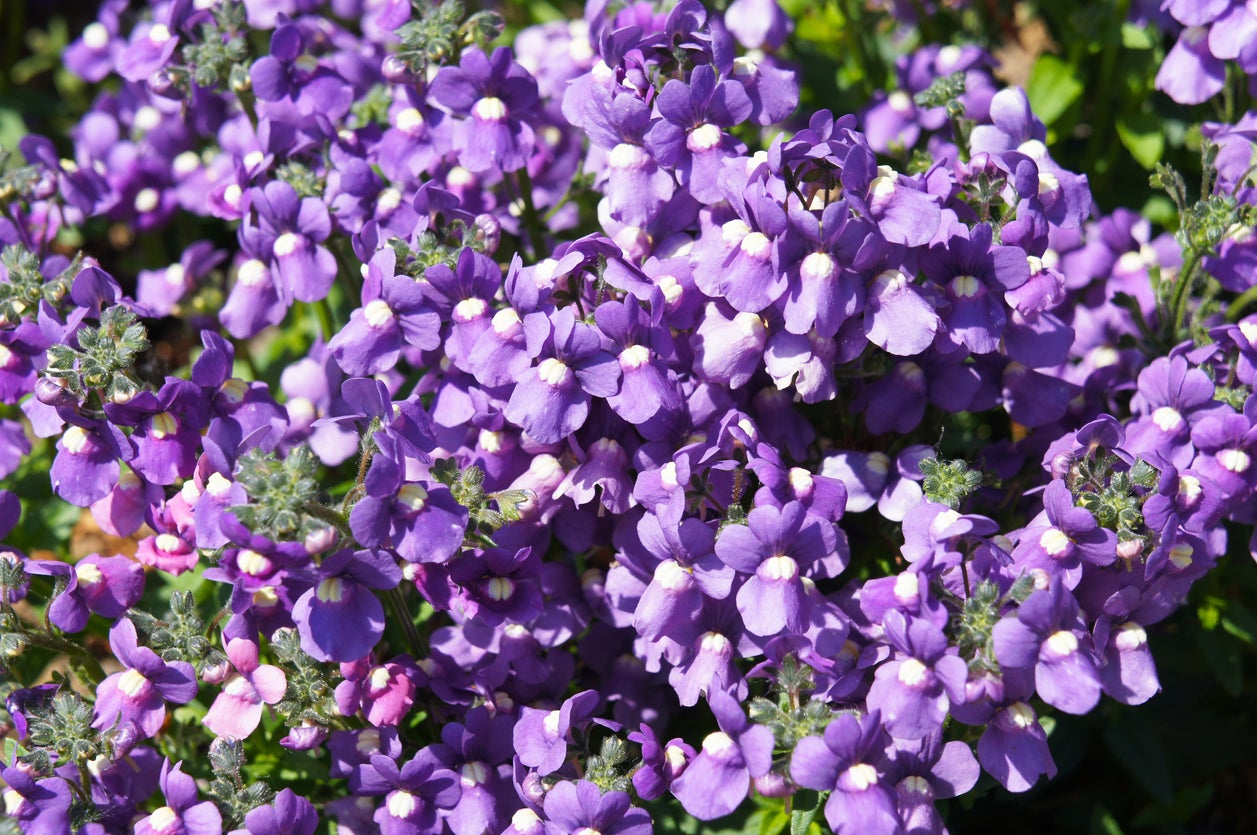 Nemesia Troubleshooting: What’s Wrong With My Nemesia Plant
Nemesia Troubleshooting: What’s Wrong With My Nemesia PlantWhile nemesia plant problems aren’t usually serious, there are some common nemesia issues for which to keep an eye out. Learn how to spot them in early development so they don’t mar your beautiful flowering plants. This article can help with that.
By Becca Badgett
-
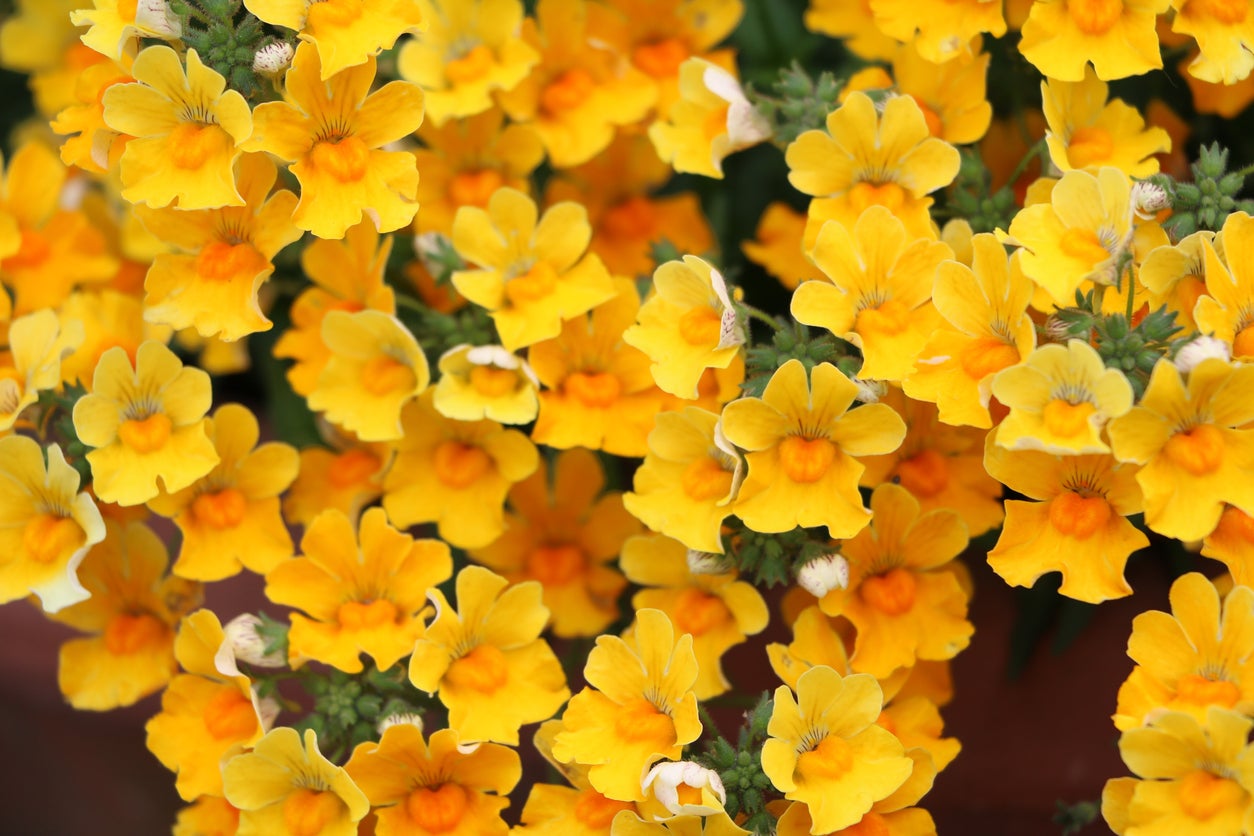 Growing Nemesia From Seed – How And When To Sow Nemesia Seeds
Growing Nemesia From Seed – How And When To Sow Nemesia SeedsThe cost of creating a beautiful landscape can add up quickly. Thankfully, many flowers can easily and quickly be grown from seed at only a fraction of the cost. Nemesia flowers are a great option for gardeners. Click this article to learn more about planting Nemesia seeds.
By Tonya Barnett
-
 Nemesia Plant Care - How To Grow Nemesia Flowers
Nemesia Plant Care - How To Grow Nemesia FlowersAt a distance, Nemisia looks a lot like edging lobelia, with flowers that cover low-growing mounds of foliage. Up close, Nemesia flowers might also remind you of orchids. Click here to learn where they grow.
By Jackie Carroll